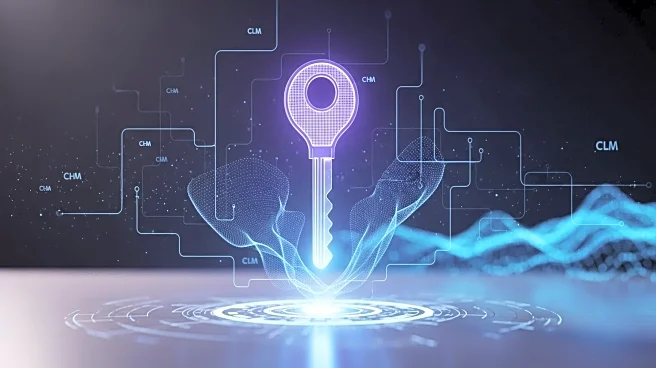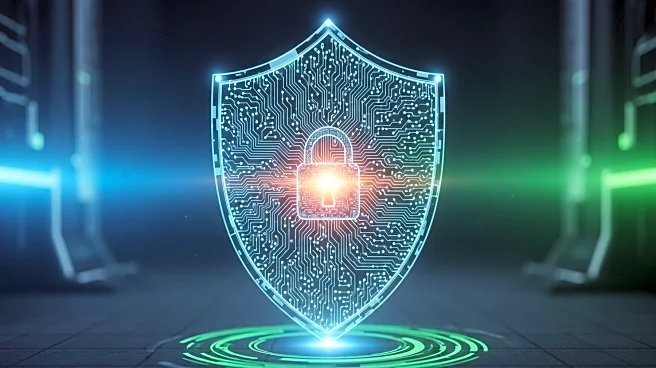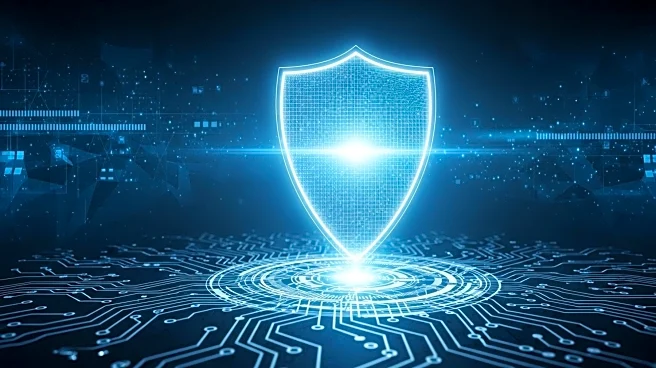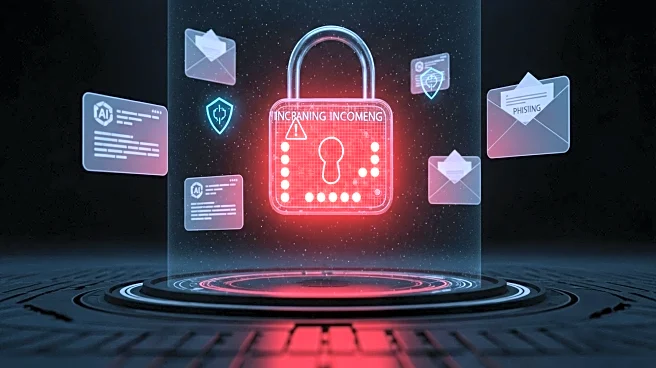What is the story about?
What's Happening?
Cyber resilience is gaining prominence in the cybersecurity community as organizations shift focus from pure prevention to recovery and continuity. Experts like Abbas Kudrati and Sandeep Taileng highlight the importance of integrating cyber resilience into business continuity planning. This approach involves rapid recovery from attacks, learning from incidents, and ensuring business operations continue with minimal disruption. The concept is supported by regulations such as Australia's CPS 230 and global standards, which promote recovery and adaptability over mere prevention. Despite its benefits, adoption faces challenges including executive engagement, resource allocation, and cultural resistance.
Why It's Important?
The shift towards cyber resilience reflects the growing complexity and frequency of cyber threats. By prioritizing recovery and continuity, organizations can mitigate financial impacts, operational risks, and reputational damage. This approach aligns cybersecurity with broader business priorities, making it more accessible to non-technical executives. As cyber threats evolve, resilience strategies offer a proactive way to manage risks and ensure long-term security. The market for resilience solutions is expanding, indicating increased investment in tools for data backup, threat detection, and disaster recovery.
What's Next?
Organizations are expected to further integrate cyber resilience into their risk management frameworks, using guidelines like the ISO 31001 Risk Management framework and the NIST Cybersecurity Framework 2.0. This integration will help translate cyber risks into business terms, enhancing visibility at the board level. Continuous education and leadership commitment are crucial for overcoming adoption barriers. As resilience becomes a core business priority, companies will likely invest more in specialized solutions to enhance their recovery capabilities.
Beyond the Headlines
The emphasis on cyber resilience may lead to a cultural shift within organizations, fostering a mindset that values adaptability and learning from cyber incidents. This could result in more collaborative approaches to cybersecurity, involving various departments beyond IT. Additionally, the focus on resilience might drive innovation in cybersecurity technologies, as companies seek more effective ways to protect and recover from attacks.
AI Generated Content
Do you find this article useful?















